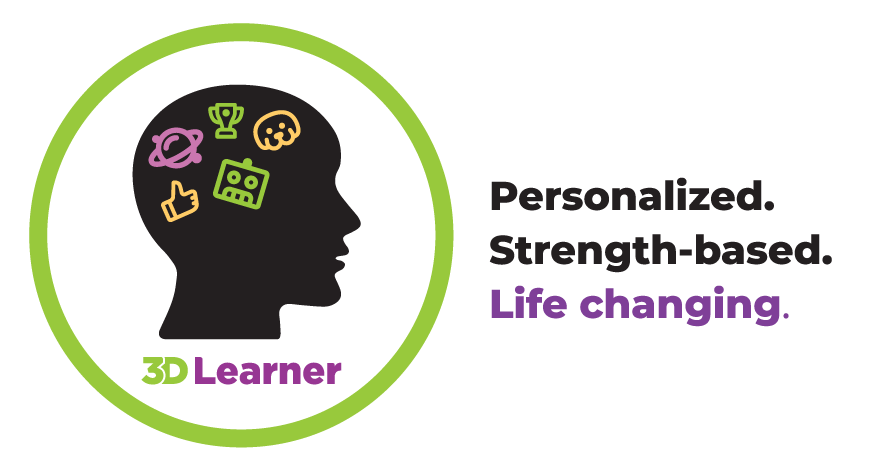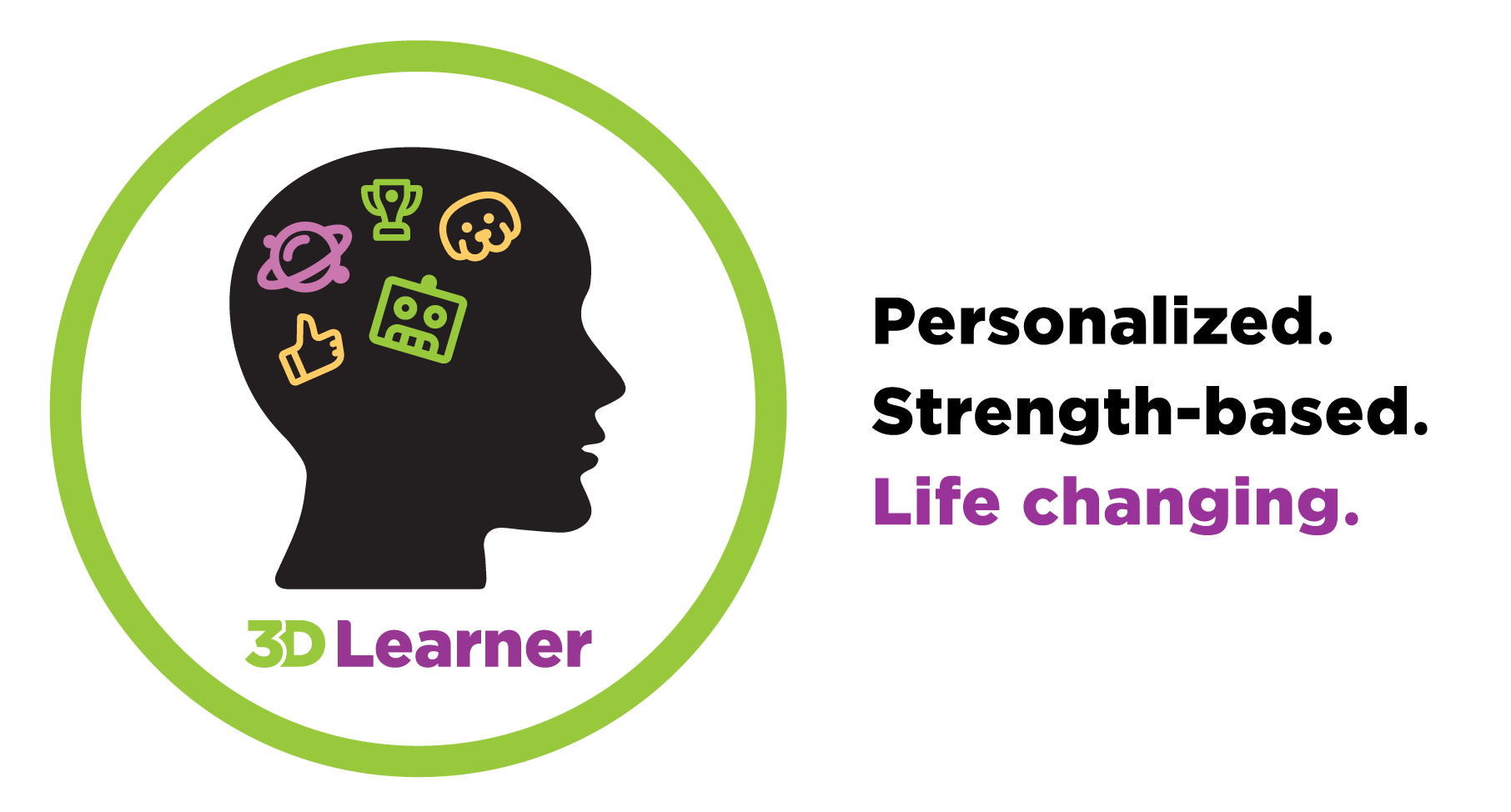3D Learner Blog
Welcome to the latest and greatest thoughts, updates and article recommendations from 3D Learner. Tell us what you think, and what you would like to hear more about.

No Results Found
The page you requested could not be found. Try refining your search, or use the navigation above to locate the post.


